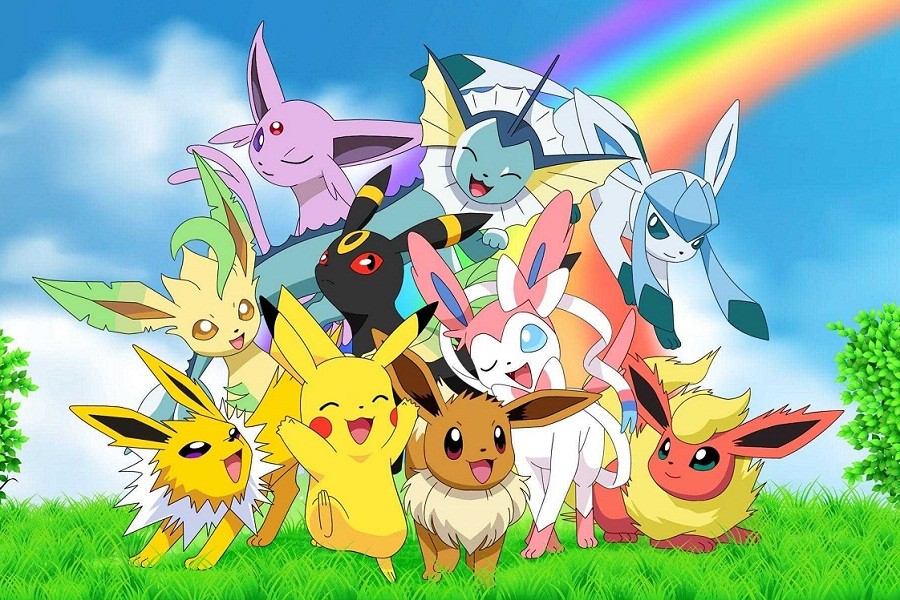It’s the 2000s. Coming back home from school, turning on the television and tuning to Cartoon Network.
I wanna be the very best
Like no one ever was
To catch them is my real test
To train them is my cause
It’s the Pokémon! You never get tired of watching Ash Ketchum on an adventure with his friends to become the best Pokémon trainer ever. Almost every kid of that decade grew up knowing or loving this show which went on to become one of the most successful and maybe the most popular anime franchises ever.
Although it garnered popularity through the TV show, Pokémon started as a video game.
The first Pokémon game Red and Blue was released in 1996 on Nintendo Game Boy. Collecting monsters throughout the open world and training them to become the champion of the Pokémon League made the game widely successful and prompted the creators to adapt an anime version of it.
Although video game adaptations were not very successful at that time, Pokémon earned a breakthrough surprisingly. Kids loved watching Ash go on an adventure with his friends to become the Pokémon master.
With USD 110 billion in revenue, Pokémon remains the highest-grossing video game adaptation of all time and is credited as the gateway to the popularity of anime worldwide today.
Pokémon's real hype was in merchandise. We can recall the craze of buying and trading Pokémon cards back in school days; they were treated like treasures. Even now, the cards have their high nostalgic values.
As the original ‘90s edition Pokémon cards production was discontinued for a while, they gained staggering values in the market due to their rarity.
For example, according to the New York Post, the highest value of a rare 1999 edition Charizard card was bid for USD 4,20,000 in an auction that happened in March. But the most expensive Pokémon card recorded was a Pikachu illustrator card worth a whopping USD 5.275 million.
The original gaming franchise evolved a lot, much like the Pokémon monsters evolve into a superior type of their species.
Setting out the game on a Nintendo console, the sequels adapted to developed consoles and other devices over the years, even developing far into an augmented reality (AR) game Pokémon Go in 2016.
Pokémon games have also been introduced in the latest virtual reality technology, however, with not much success.
The most engaging audience of this franchise has now become teenagers and adults who have moved on from it. But the nostalgia of the television series and games and the ever continuous fanfare for the merchandise are worth cherishing.


